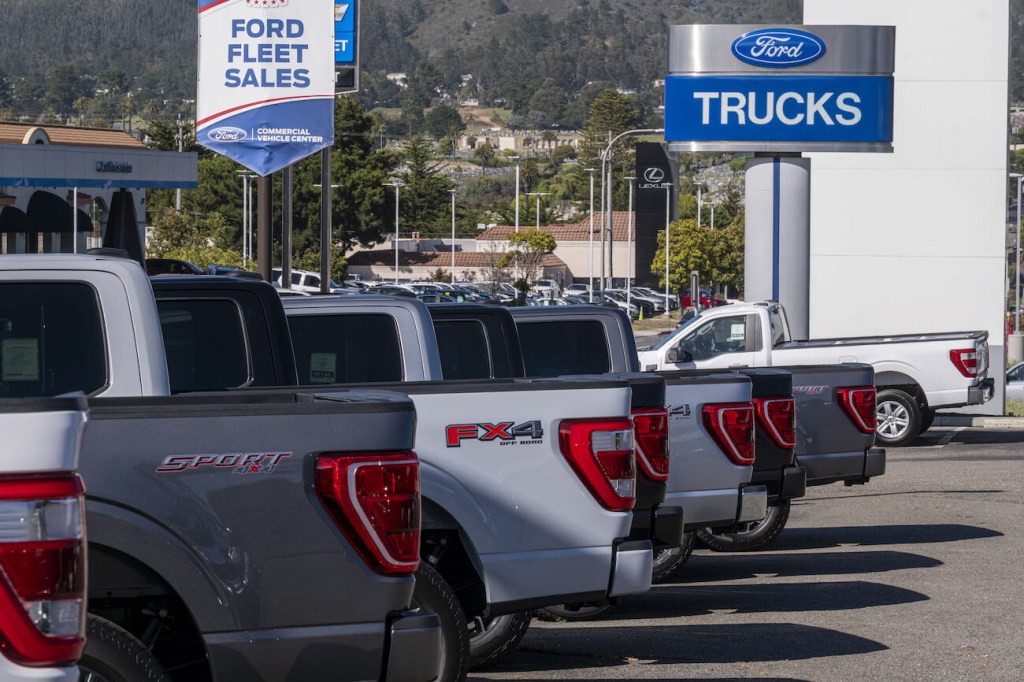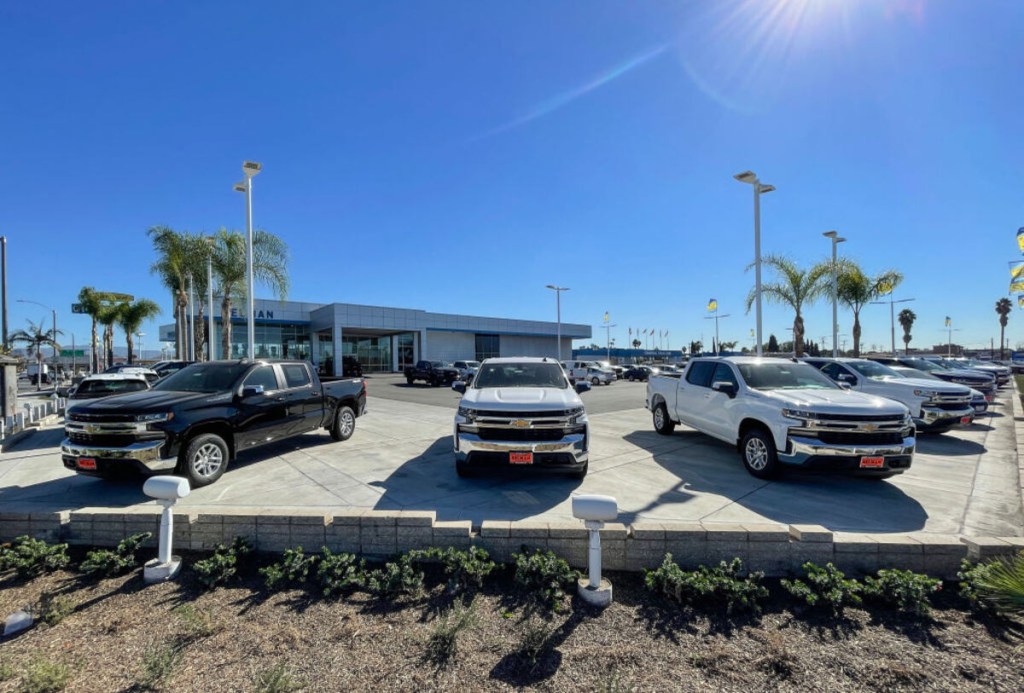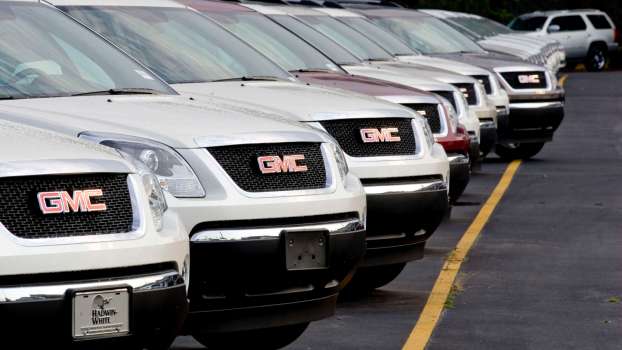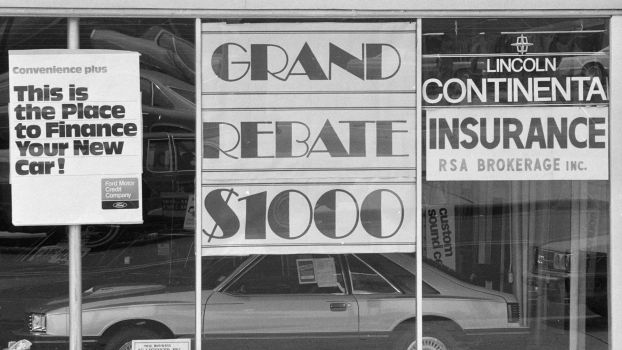
Taking Over a Car Lease on a Vehicle Is Easier Than You Think
Do you need a car but don’t want to get locked into a long lease or car loan? Taking over a car lease can be a great option. In a lease takeover, you can take over someone else’s lease before it ends, which gives you a short-term lease with the car you want. It’s easy to do, but there are some upsides and downsides to a lease takeover.
The pros of taking over a car lease

There are some positive aspects to taking over a car lease, which is why it could be an attractive route for anyone needing a car. Here is a rundown of the possible pros:
- Less expensive monthly payments
- Less vehicle maintenance: Since you’re taking over a leased car, it will have lower mileage and will likely be better maintained
- No down payment needed: There’s no down payment necessary when taking over a lease
- Incentives: J.D. Power says, “If the seller is eager to get out of their contract as soon as possible, they can give incentives to the new owner.”
Taking over a lease is an easy way to get into the car you want for much less money than if you were to lease it for the typical three years. You don’t need to deal with a dealership salesperson or devise a down payment, either. However, some cons come with taking over a lease.
The cons of taking over a car lease

For every up, there’s a down, and that is the case with taking over a car lease. Here are some of the potential downsides when taking over a car lease:
- The monthly payment could be high: When you take over a lease, you will inherit the monthly payment the lease was set at. It’s important to obtain a monthly payment that’s comfortable for your budget.
- The mileage could be limited: When taking on a lease, the mileage cap could be mostly used up, which means there will be a limited amount of miles left on the lease term. If the mileage goes over the limit, you will owe money for the extra miles used.
- You’re responsible for the wear and tear: If you’re lucky, you could get a leased car that was well taken care of. If not, then you may end up owing money for the wear-and-tear damages when turning it in at the end of the lease.
- You could pay more fees: Credit Karma says that in addition to fees for excess mileage or wear and tear, you may be responsible for a lease transfer fee, credit application fee, and a disposition fee. The disposition fee is charged when the car is returned to the dealership and covers the costs associated with preparing and selling the car.
Taking over a lease is an excellent way to get into a new car

Ultimately, taking over a car lease is a great way to get into the car that you want for a short amount of time. Certain companies and sites like Swapalease can facilitate the lease takeover, which makes it quick and easy. The car lease agency will run the credit check and give you the necessary paperwork to take the lease over.
Despite the easy transfer, a lease takeover has its pros and cons. But if the pros outweigh the cons in your specific situation, taking over a lease could be the route to getting your next car – at least for a little while.





